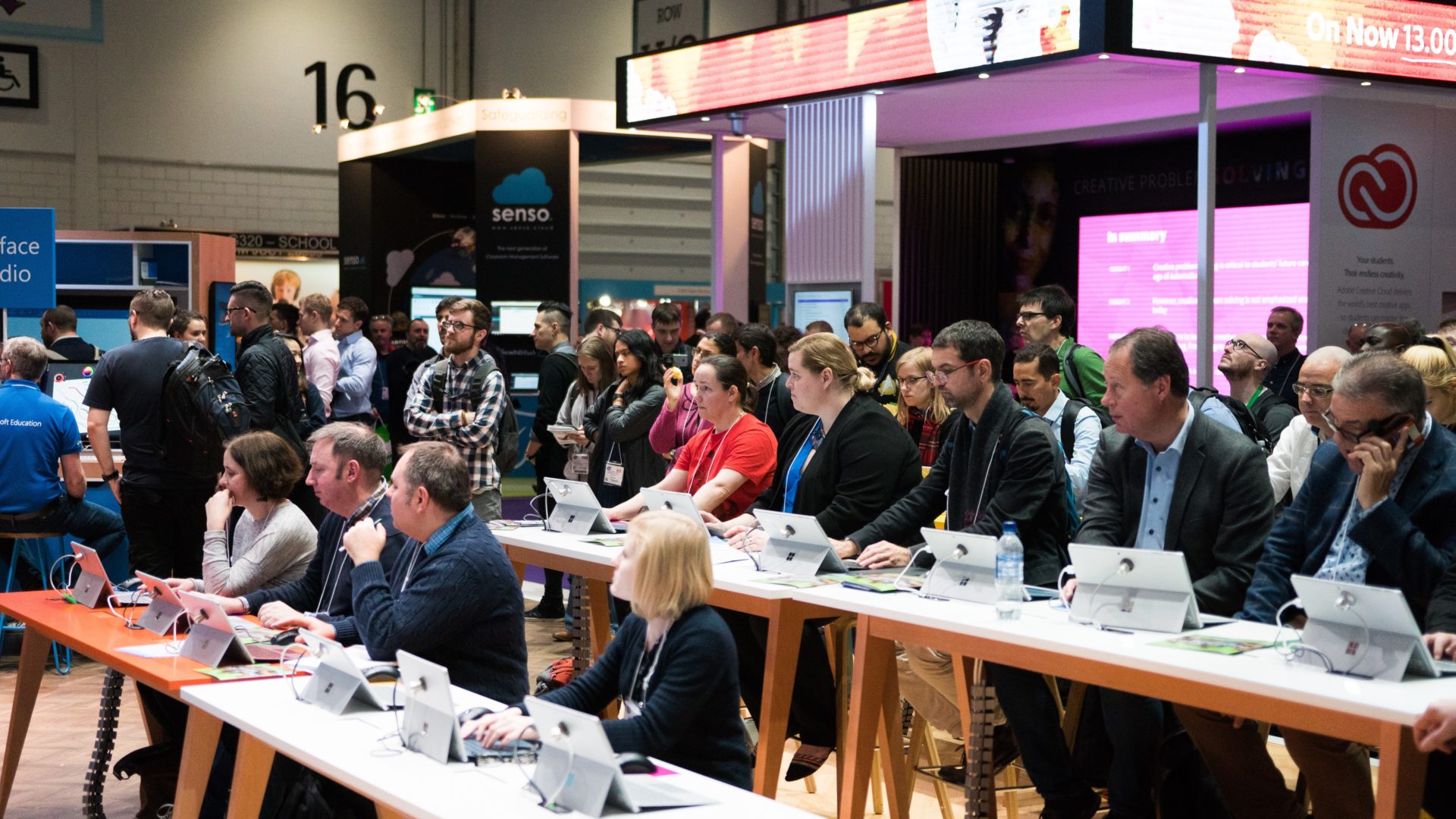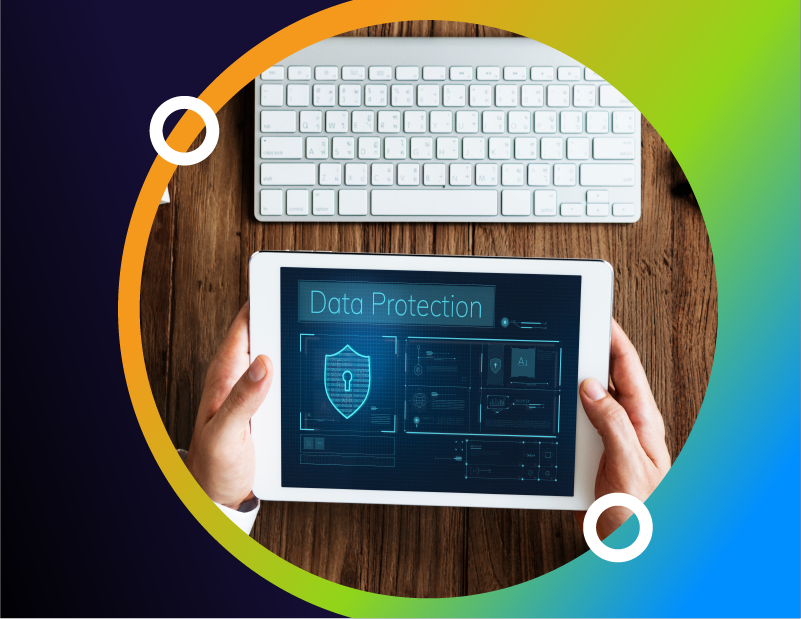With a busy events schedule, it's easy for marketing teams to become fully focused on the planning and logistics of exhibiting, and lose sight of the big picture and how events feed in to your overall marketing strategy.
There's no one-size-fits-all approach when it comes to event strategy. It should be tailored to your organisation, market and industry. This post should serve as a reminder of the big picture: how events fit within your marketing and sales activities, and how to align them with overall business goals.
1) Understand business objectives for exhibiting
For individual events, your organisation may have specific goals, such as launching a new product or delivering a seminar. But at top level, your business objectives are likely to be the same across all your events.
UFI and Explori's 2017 Global Exhibitor Insights study surveyed exhibitors at over 1000 events, across 40 countries, and identified the following objectives as most important to exhibitors:
- Meeting with potential new clients (83%)
- Generating new sales leads (82%)
- Increasing awareness of company, brand, product or services (74%)
So while you're getting stuck in to the details of your stand design and the at-booth experience for attendees, it's important that sales-focused objectives of generating leads and new business aren't forgotten. (For reference, launching a new product was only an objective for 31% of exhibitors - which makes sense, because you won't be launching something new at every event you exhibit at).
Take time to understand the biggest objectives for your events (such as generating new leads), and focus your event planning around that.
2) Measure what matters
Event revenue is hard to measure, but it’s made harder with an imprecise strategy, which leaves you measuring the wrong metrics.
Too often, marketers focus on quantity over quality when it comes to events. They measure the success of an event based on anecdotal feedback from the sales team about how busy the stand was, or the number of leads collected.
But number of leads is largely irrelevant - especially if you're using a lead retrieval device or lead collection method that only gives you a long list of contacts instead of qualified leads.
Instead, you'd be better off focusing on the quality of leads collected from your events, rather than quantity. If possible, take the time to look back through lead data from past events. How many of those leads became sales qualified leads? How many became customers? This will help you understand which events in your calendar drive real revenue growth, and which are just draining your marketing resources.
3) Invest in people, tools and processes
A crucial part of your events strategy should be working out the best people to have on your stand at the event, and then putting in the processes and equipping them with the tools they need to successfully generate new business leads. Events can be one of your best lead generation channels, as long as you equip your sales or events team with the tools they need to do their best work.
People
It's worth remembering that the best salespeople aren't necessarily to have on your stand at an event: they may be better back at the office, on the phone making progress on their current pipeline rather than generating new prospects for the sales pipeline. Read more about choosing the best people to send to your trade shows and events.
Processes
There are any number of processes that can improve your experience of exhibiting at events, from the planning and preparation stage right through to post-event follow-up. Focus on implementing processes that are aligned with your organisation's key priorities when exhibiting. Remember to think about the way you capture leads at events and the way you follow up with those leads, as well as creating processes for the logistics of exhibiting, such as stand design and staffing.
Tools
Has your team got all the tools they need to do their best work at events - and generate that all-important event ROI? Do they have the tools that enable them to capture leads efficiently, including the all-important context that will help your sales team when following up? Learn more about several common lead capture methods and the differences between them.
4) Connect the dots between events, sales and marketing
It's likely your events team have been using the same tools and processes for the last five, ten or fifteen years - because it's what you've always done. But advances in technology across many of your marketing channels has left events siloed.
The right tools can help integrate them with the rest of your sales and marketing activity. For example:
- Lead capture tools that integrate with your in-house CRM or marketing automation tools.
- Lead attribution, to track leads from events as they become marketing qualified and sales qualified leads, opportunities and customer.
- Integration and automation, to add leads into your existing workflows, so they get treated like leads from any other marketing source - like your website.
The technology you use needs to facilitate the conversation between exhibitor and attendee and strengthen that connection, rather than interrupt it.
Make events your most valuable marketing channel
While there are literally thousands of martech solutions available, they become infinitely more powerful when they work together, sharing data across platforms to provide greater insights about everything from potential customers to product usage.
Events are an often overlooked marketing channel: in this digital age, it's rare for businesses to get time to speak with potential customers face-to-face. Trade shows and events offer this opportunity. With the right tools and an event strategy that's clearly aligned to business goals, events offer a direct line to interested prospects.
Download our free guide - The CMO's guide to trade shows and events - to get the most from every trade show your team attend.




